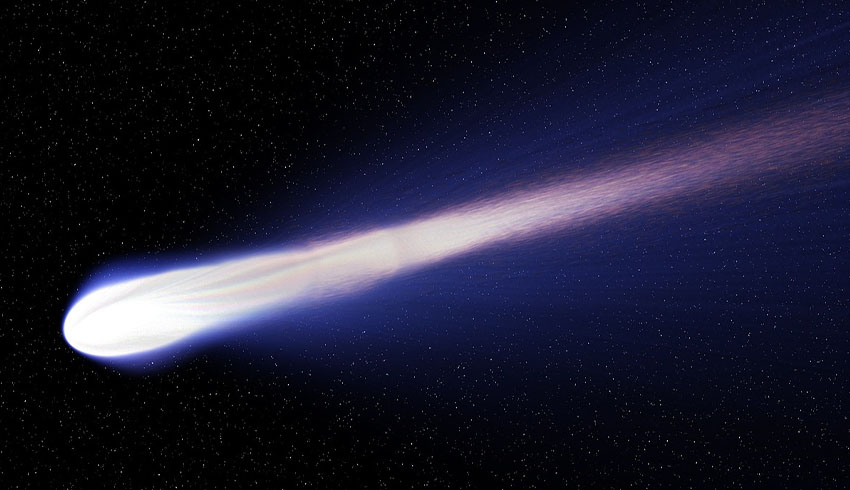The best known occurred 65 year ago – on 30 November 1954 – when a 3.86-kilogram meteorite smashed through an Alabama farmhouse roof, bounced off a wooden console radio and struck 31-year-old housewife Ann Elizabeth Fowler Hodges as she snoozed on a sofa.
This grapefruit sized rock inflicted a large bruise on her side, making her an instant celebrity, but apparently causing no major physical harm.
Hodges was probably fortunate. The meteorite was large enough to have caused serious injury or death had it struck her head. On the other hand, it could have missed her completely.
The offending meteorite was a part of a much larger space rock that made a glowing fireball, noticed by many that day.
It apparently exploded into a number of smaller pieces, with two recovered, the piece that struck Hodges and another 1.68-kilogram fragment found by a local farmer.
She and her mother, at her home at the time, had not a clue as to what had happened and they called the police and fire department. A local geologist verified that this was a genuine space rock and the word spread.
Hodges was an uncomfortable celebrity.
"We had a little excitement around here today. I haven’t been able to sleep since I was hit," she told the Associated Press.
Police took away the meteorite then turned it over to the US Air Force. This being the US, the lawyers were soon involved. Hodges and her husband Eugene claimed it, but so did her landlord Birdie Guy.
Eventually they settled, with Hodges paying Guy US$500 for the item in the expectation they could sell it for thousands.
The Smithsonian Institute offered a modest sum, which they turned down. By that stage no one else was interested and they ended up donating it to the Alabama Museum of Natural History where it remains on display.
Sadly Hodges died young, at age 52 of kidney failure. The museum attributes that to the lifelong stress of her brush with death and fame.
Better off was farmer Julius McKinney who sold his fragment to a lawyer who in turn donated it to the Smithsonian. With the proceeds he was able to buy a car and a new house.
The Hodges meteorite remains the best documented case of a space object striking a human, but there have been others.
In 2009, German boy Gerrit Blank, 14, was hit in the hand by a pea-size meteorite.

